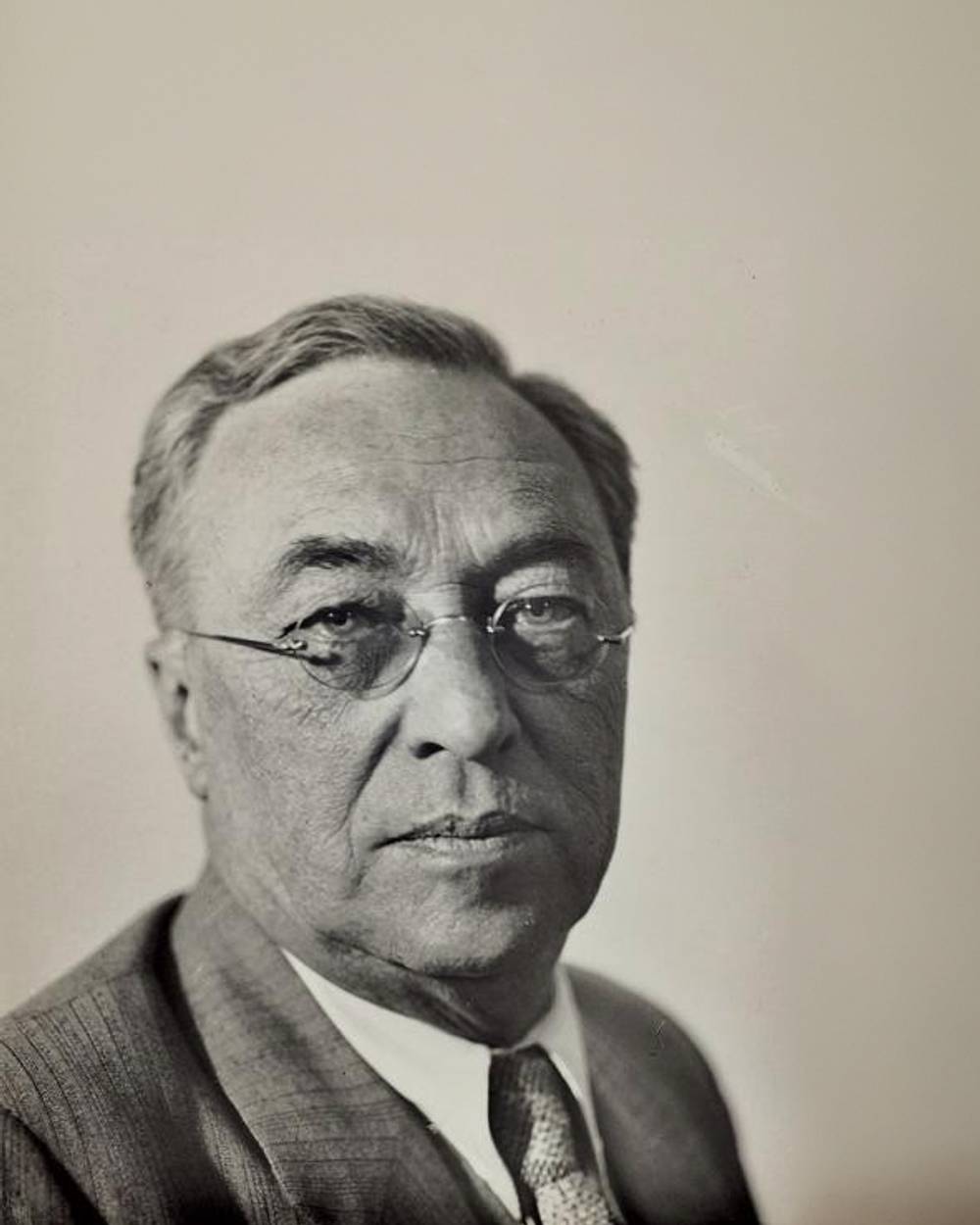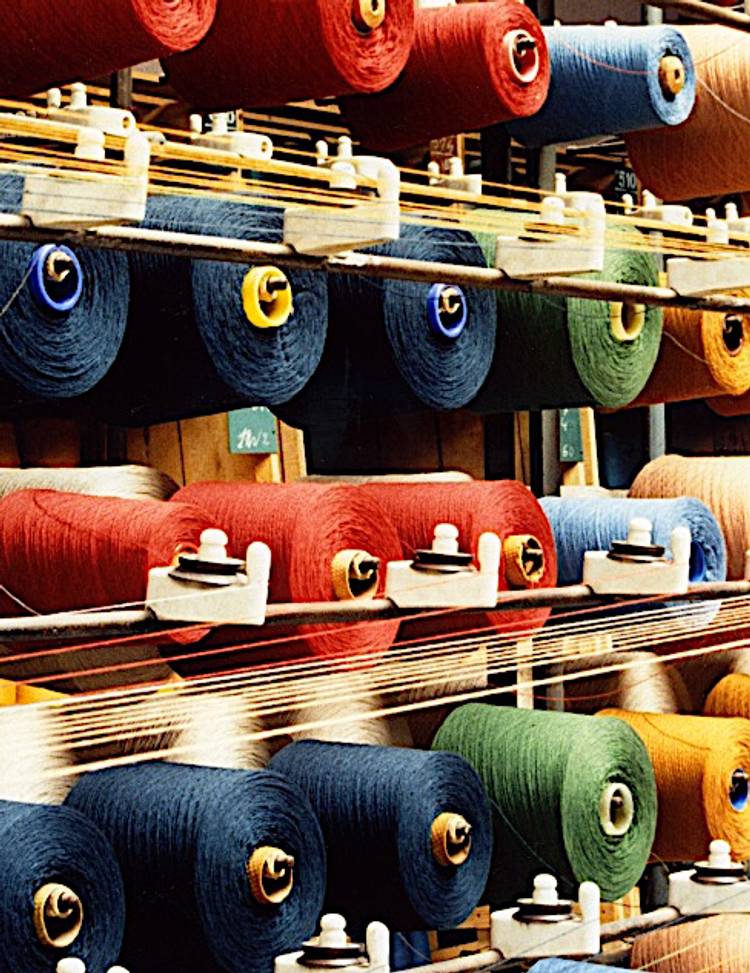Wassily Kandinsky (1866–1944) was a Russian painter and art theorist, a key figure in abstract art. Born in Moscow, he studied law and economics but decided to turn to art full-time at the age of 30. Kandinsky's early works were influenced by Impressionism, but he gradually moved towards a more abstract style, believing that art should not merely represent the external world but express the artist's inner experiences. His groundbreaking theory on abstract art was profoundly shaped by his synesthesia, a condition that enabled him to “hear” colours and “see” sounds.
Forced to leave Russia due to political turmoil, he taught at the Bauhaus in Germany. When Bauhaus closed, Kandinsky moved to Paris, where he continued to evolve and produce art until his death in 1944, leaving behind a legacy as a revolutionary artist who changed the course of modern art.
“Auf Weiss II", created by Wassily Kandinsky in 1923, is a seminal work that epitomizes his transition into geometric abstraction during his Bauhaus period. This painting is distinguished by its dynamic interplay of geometric shapes, lines, and vivid colors against a predominantly white background, seen as a visual symphony, where the arrangement of elements and color contrasts evoke a sense of harmony and tension, mirroring Kandinsky's synesthetic experiences and his explorations in the psychological impact of abstract art.


This work of art is reinterpreted in the workshops of Jules Pansu in the north of France using the jacquard technique that allows complex patterns to be woven that may include up to several thousand warp threads, allowing the faithful reproduction of the shapes and colours of the original. The impeccable execution of this tapestry is a tribute both to the artist himself and to the mastery of his weavers.
For four generations, the family firm founded in 1878 by Jules Pansu has carried on the centuries-old tradition of Gobelins and Aubusson tapestries. Pioneers in the use of Joseph Marie Jacquard's mechanical loom, they demonstrate enviable continuity, reinventing and adapting over time.
Since 2012, the Jules Pansu workshops have been considered "Living Heritage" by the French State, a mark of recognition that distinguishes French companies with craft know-how and industrial excellence.




